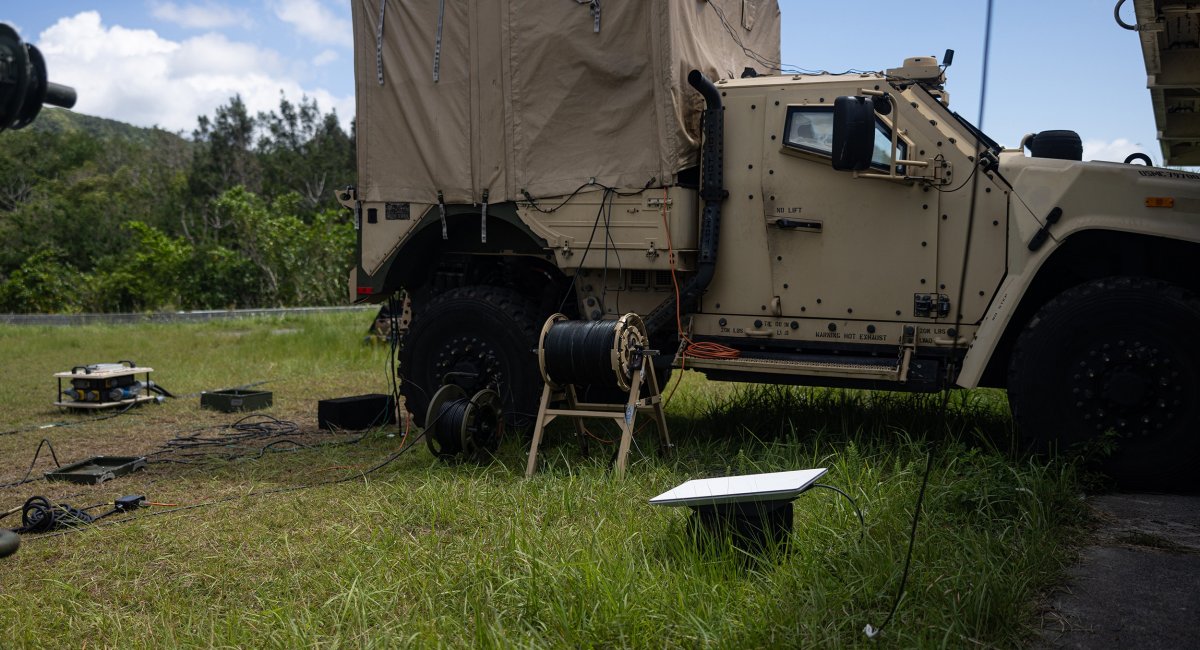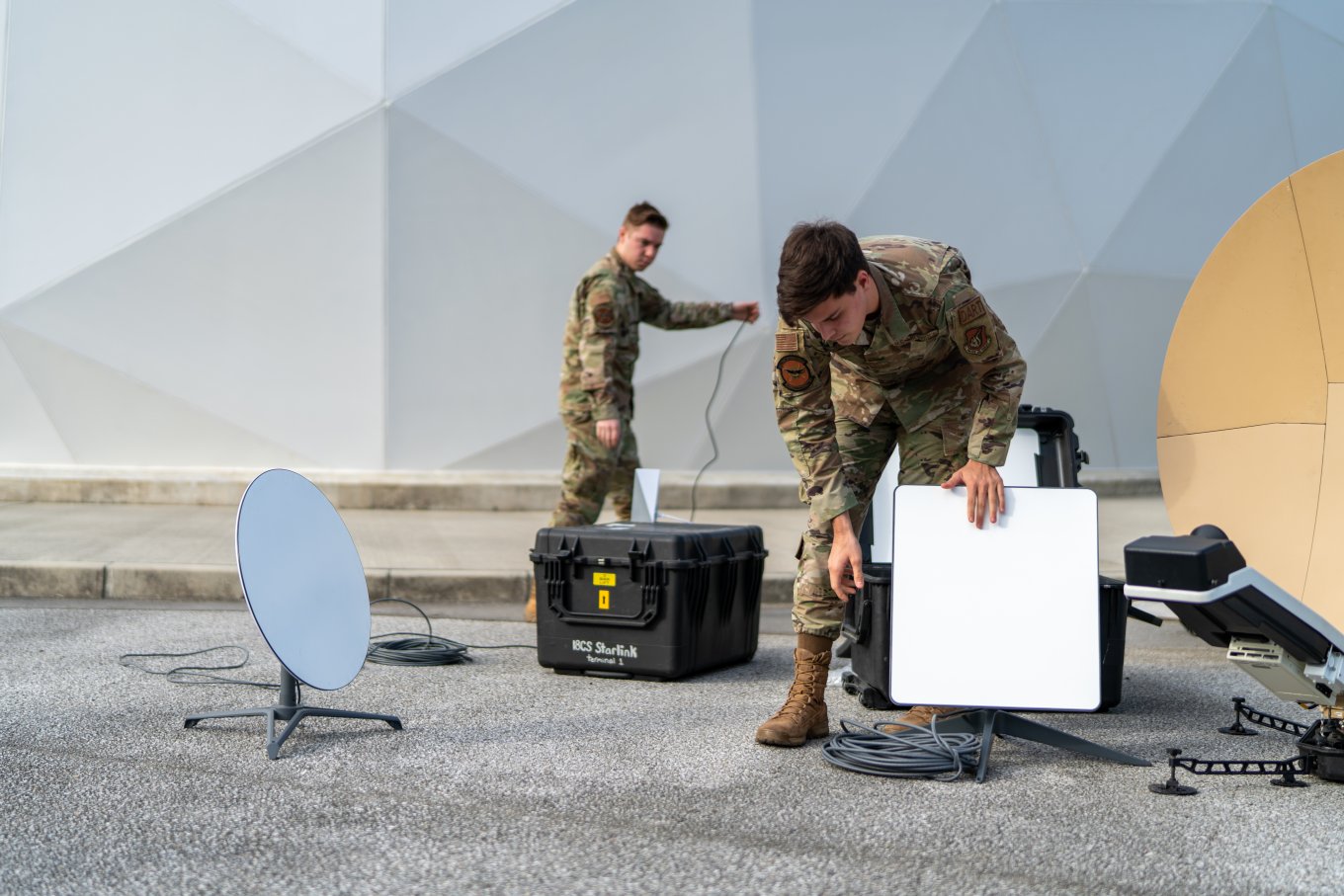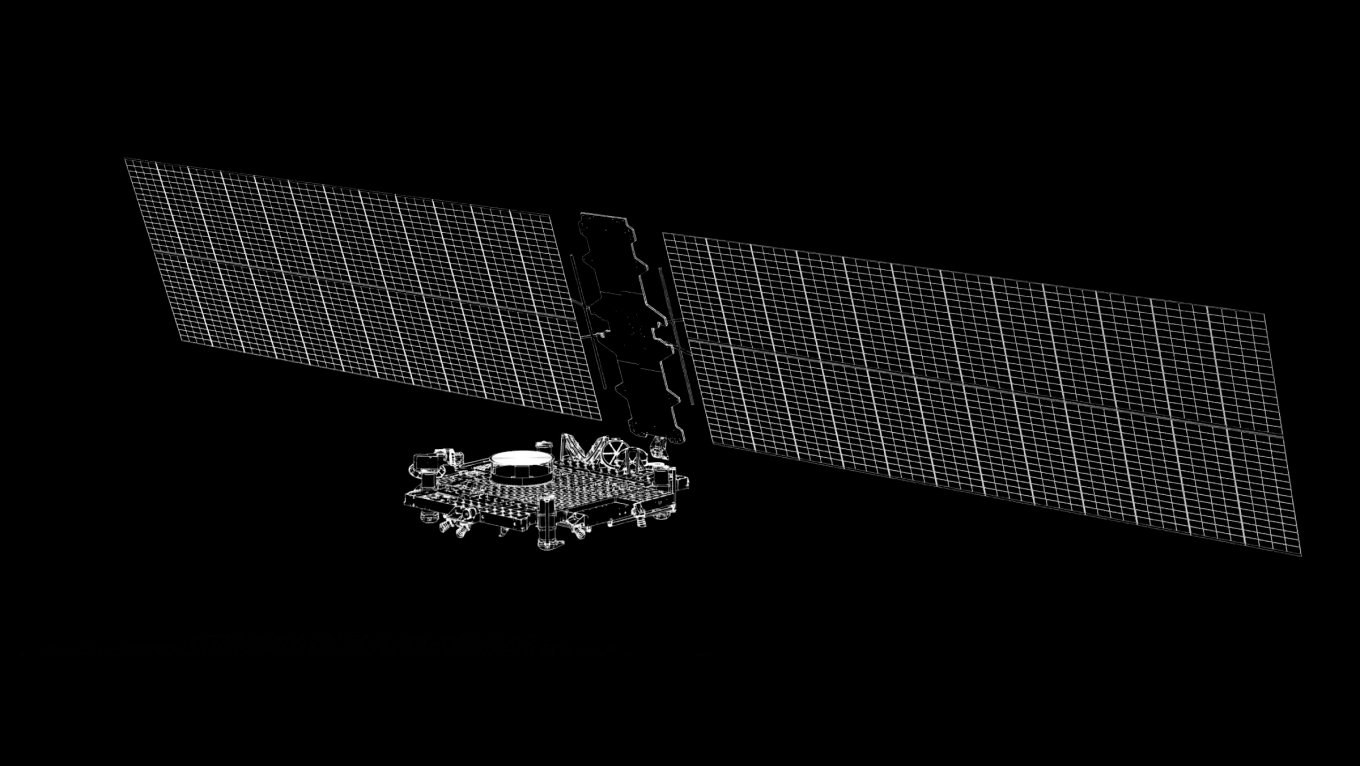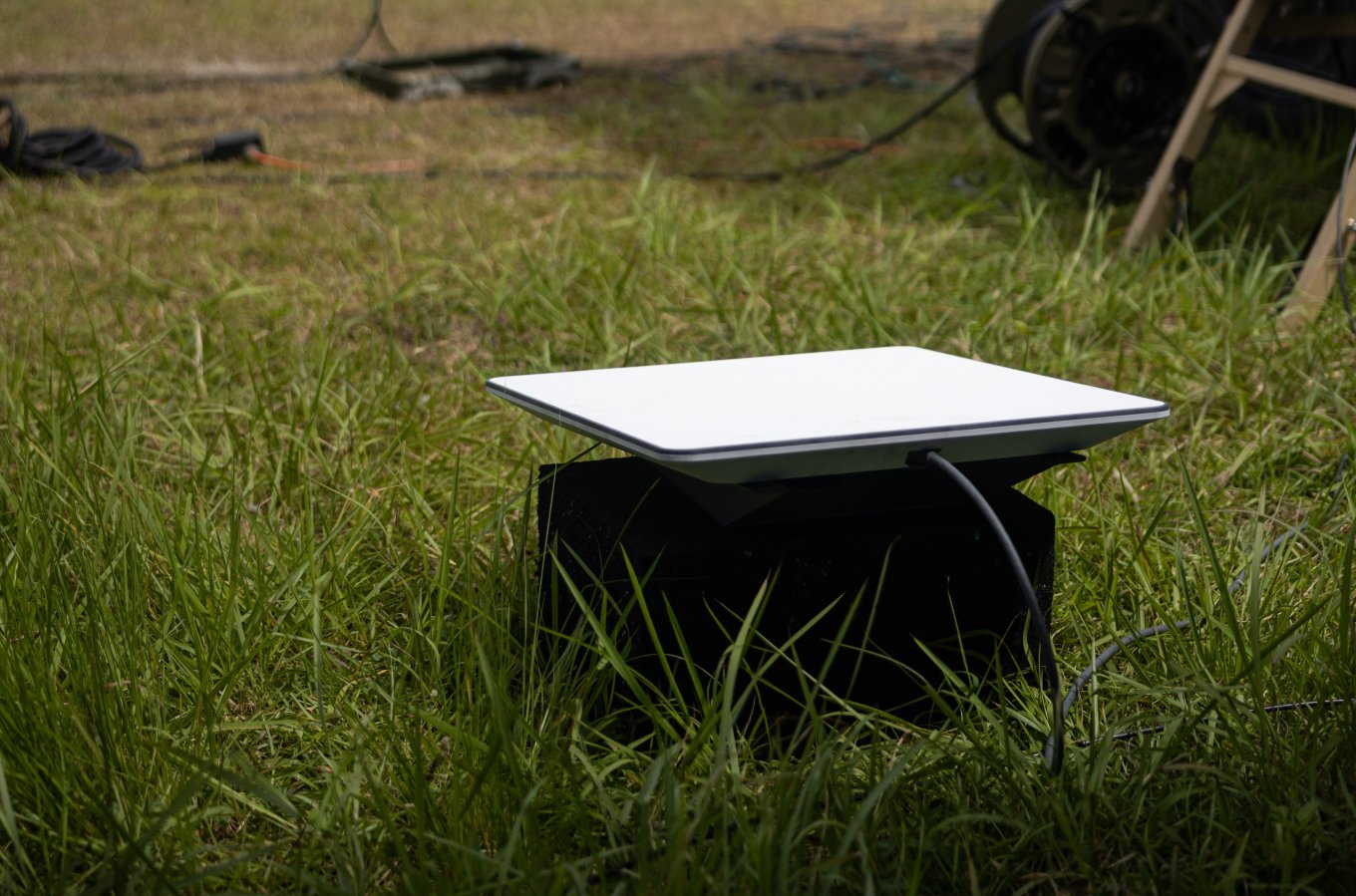
The US Army begins fielding SpaceX’s military Starlink
A separate military version of Starlink is called Starshield and is already being supplied to the US Armed Forces
The US Army has already begun deploying SpaceX’s Starshield satellite communications system, which is a military version of Starlink. And the first four satellite communication terminals were given to the 5th Security Force Assistance Brigade, which is actually a team of military specialists and instructors to work with the armed forces of other countries.
The Starshields transferred to the brigade will be used at the Joint Pacific Multinational Readiness Center [Joint Pacific Multinational Readiness Center], as the brigade commander, Colonel Brandon Teague, told Janes [Brandon Teague].
Starshield and civilian Starlink have been used in the US military before, but as an experiment during separate exercises.

The Starshield system itself was launched by SpaceX as a separate military version of Starlink with its own satellites, which differ from civilian satellites by being twice as large and having the ability to install additional sensors for remote sensing. The system also uses much more powerful encryption than the civilian version.

But everything indicates that this is not an intention to create a separate network, but rather to use the existing constellation of civilian Starlink. Over the years, about 10 such satellites have been launched into orbit, which is a long way from creating a separate Starlink global access network with about 3,500 satellites.
That’s why SpaceX explicitly states that “the Starlink inter-satellite laser communication terminal… can be integrated into partner satellites to enable inclusion in the Starshield network.” That is, the additionally encoded signal still passes through the “civilian” satellite network.

At first glance, it certainly looks like a way to sell the same thing, but in “camouflage” and with a much higher price tag. Although in the case of Starshield, the customer, in the form of the defense department, does receive ownership of its satellites. But their performance still depends on the operation of Starlink in a particular region. And the “remote control” from them is already in the hands of the owner of SpaceX.
Or vice versa, Starshield will ensure that even if normal network access is disabled in a particular region, the “premium client” will remain connected.

